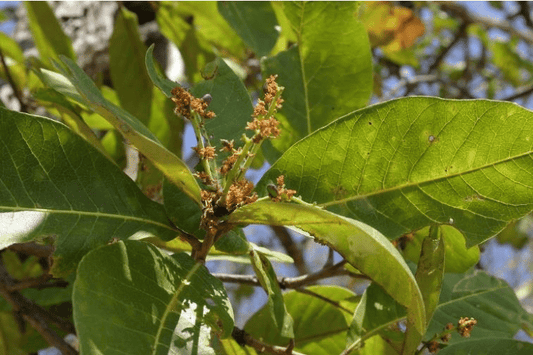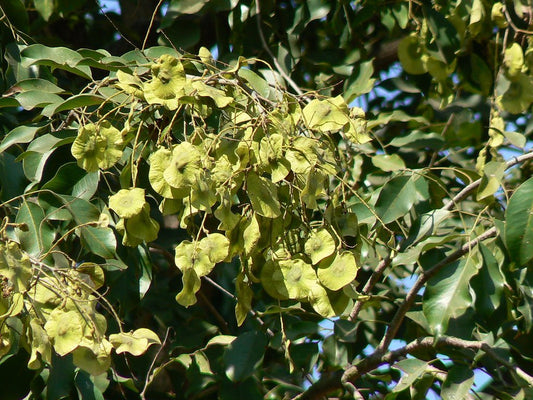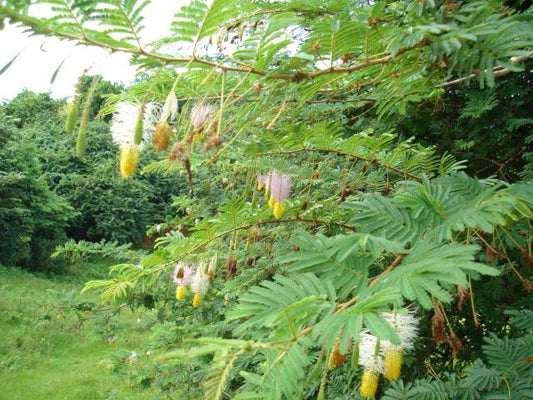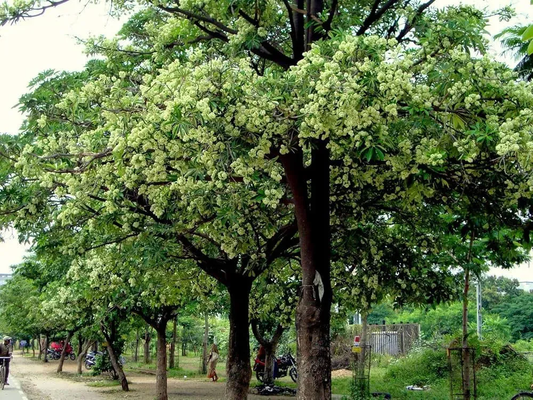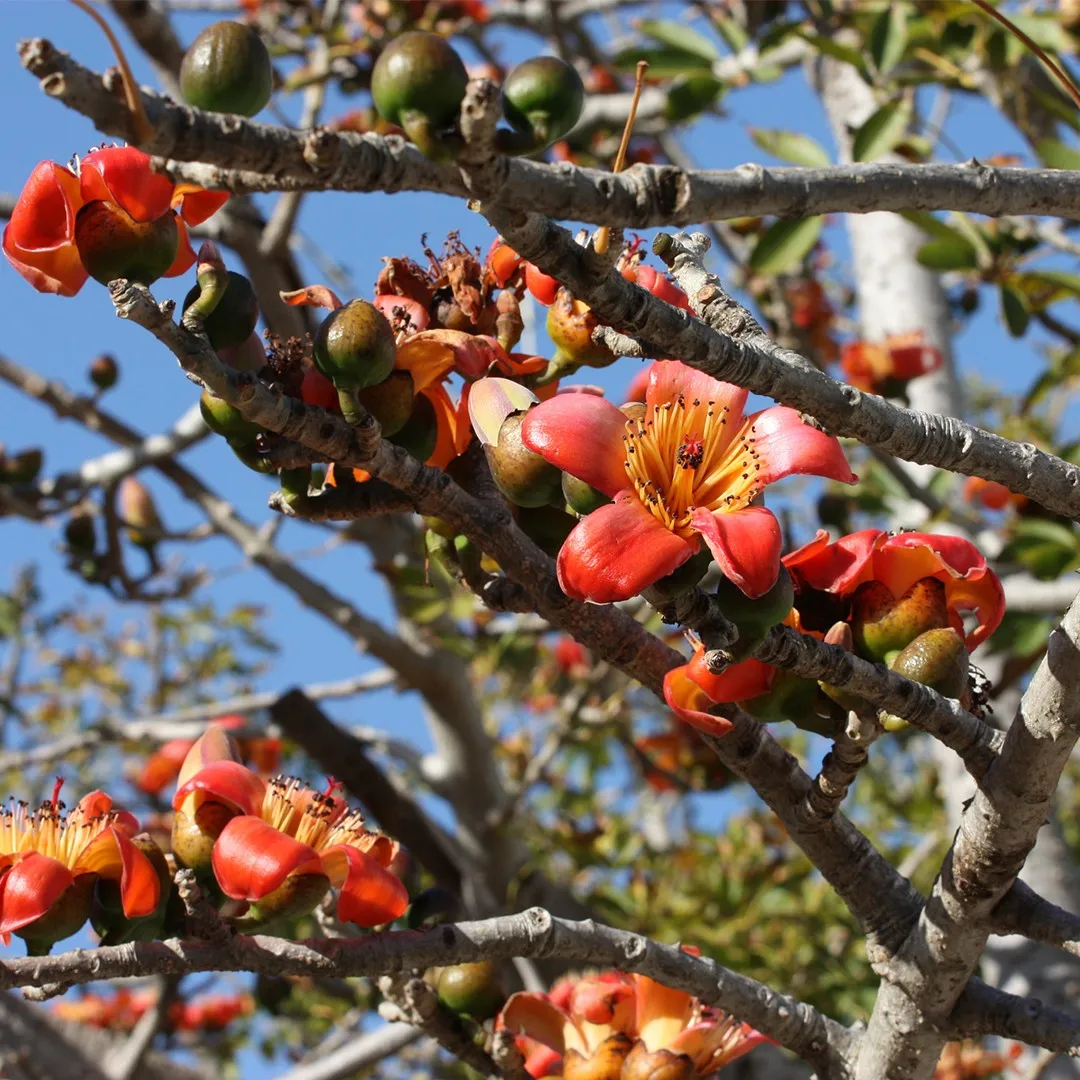

The Katesawer Tree, scientifically known as Bombax ceiba, is a fascinating species celebrated for its resilience, medicinal properties, and ecological contributions. Commonly referred to as the Silk Cotton Tree, this towering giant is a testament to Read more
Katesawer Tree: Unearthing the Hidden Marvels of Nature’s Resilient He
The Katesawer Tree, scientifically known as Bombax ceiba, is a fascinating species celebrated for its resilience, medicinal properties, and ecological contributions.
Commonly referred to as the Silk Cotton Tree, this towering giant is a testament to nature’s ability to blend utility with beauty. From ancient medicinal uses to modern environmental benefits, the Katesawer Tree is a marvel waiting to be explored.
Let’s dive into its history, ecological role, and hidden wonders.
What is the Katesawer Tree?
The Katesawer Tree belongs to the Malvaceae family and is native to tropical and subtropical regions of Asia and Africa. Known for its massive trunk, thorny bark, and striking red flowers, this deciduous tree grows up to 40 meters tall.
Its fluffy seed fibers, also known as Kapok, add to its unique appeal and economic importance.
Historical and Cultural Significance
The Katesawer Tree has been revered in various cultures for centuries. In India, it is considered sacred and often associated with mythology and folklore.
Its lightweight wood was historically used for making canoes and shields, while its seed fibers were valued for pillows and mattresses. Ayurvedic texts highlight its role in traditional medicine, making it a vital part of ancient healing practices.
Fun Fact: The tree is sometimes called the "king of the forest" due to its towering presence and wide ecological impact.
Medicinal Properties of the Katesawer Tree
The Katesawer Tree is a treasure trove of medicinal benefits, with almost every part of the tree contributing to health and wellness. Its bark, roots, flowers, and seeds are rich in bioactive compounds like flavonoids and tannins.
- Wound Healing: The tree’s bark is used to treat cuts and wounds, promoting faster recovery.
- Digestive Aid: Its flowers and roots help alleviate indigestion, bloating, and constipation.
- Anti-inflammatory: The tree’s extracts reduce inflammation and joint pain, offering relief for arthritis patients.
- Skin Health: Its antimicrobial properties make it effective for treating skin infections and acne.
Scientific Backing
Research published in the Journal of Traditional Medicine supports the Katesawer Tree’s anti-inflammatory and antimicrobial properties. Studies also highlight its antioxidant-rich compounds, which aid in combating oxidative stress and promoting overall health.
Environmental Impact
The Katesawer Tree plays a significant role in maintaining ecological balance. Its towering canopy, deep roots, and seed fibers contribute to environmental sustainability, making it an eco-friendly powerhouse.
- Soil Stabilization: The tree’s roots prevent soil erosion, particularly in flood-prone areas, and enrich soil quality.
- Carbon Sequestration: As a massive tree, it absorbs large amounts of carbon dioxide, helping to mitigate climate change.
- Biodiversity Support: Its flowers attract pollinators like bees and butterflies, while its canopy provides shelter for birds and small mammals.
Fun Fact: The fluffy Kapok fibers from its seeds are water-resistant and were historically used to fill life jackets.
Katesawer Tree in Agriculture and Industry
The Katesawer Tree has multiple uses in agriculture and industry. Farmers plant it for its ability to improve soil fertility, while its wood and fibers are used in construction, furniture, and textiles.
The seed oil is also explored for its potential in biofuel production, adding to its modern-day relevance.
Planting and Caring for the Katesawer Tree
- Soil: Thrives in well-drained loamy soils but can adapt to sandy and clay soils.
- Sunlight: Requires full sun exposure for optimal growth and flowering.
- Watering: Moderate watering during the early growth stage; once established, it is drought-tolerant.
- Pruning: Regular pruning helps maintain its shape and encourages healthier growth.
Modern Applications
Beyond its traditional uses, the Katesawer Tree has found applications in modern industries. Its seed fibers are used for eco-friendly insulation and stuffing, while its extracts are being studied for skincare and pharmaceutical products.
The tree’s role in carbon offset programs highlights its importance in combating climate change.
Cultural Symbolism
The Katesawer Tree is often seen as a symbol of resilience and abundance in many cultures. Its towering presence and striking flowers make it a source of inspiration in art and literature, while its role in traditional rituals underscores its cultural importance.
Conservation and Sustainability
Despite its resilience, the Katesawer Tree faces threats from deforestation and habitat loss. Promoting its planting in urban and rural landscapes is essential for preserving its ecological and medicinal benefits.
Incorporating it into reforestation and agroforestry projects ensures its legacy as a resilient healer and eco-friendly powerhouse continues.
Conclusion
The Katesawer Tree is a remarkable example of nature’s ingenuity. From its medicinal wonders to its environmental contributions, it embodies the perfect balance of beauty, utility, and sustainability.
Let’s celebrate and conserve this incredible tree, ensuring its benefits continue to enrich ecosystems and communities for generations to come.
You may also like
Corporate Plantations
Katesawer Tree Benefits
The Katesawer Tree is a natural multitasker, offering medicinal remedies, ecological stability, and versatile industrial uses, making it an unsung hero of tropical forests.
Medicinal Properties of Katesawer Tree
From soothing wounds to easing digestion and reducing inflammation, the Katesawer Tree’s bark, roots, and flowers prove that nature’s pharmacy is always open.
Katesawer Tree in Sustainable Agriculture
Its ability to stabilize soil and improve fertility makes it a farmer’s ally, supporting crops while providing shade and shelter for local ecosystems.
Environmental Role of Katesawer Tree
A true eco-warrior, the tree combats soil erosion, sequesters carbon, and attracts pollinators, ensuring ecosystems thrive in its shadow.
Katesawer Tree in Traditional Medicine
Revered in Ayurveda, the tree’s bark and flowers have long been used to treat ailments like skin infections, joint pain, and digestive issues.
Cultural Significance of Katesawer Tree
Often viewed as a symbol of strength and abundance, this towering tree is celebrated in myths, rituals, and folklore across its native regions.
Industrial Uses of Katesawer Tree
From its lightweight wood to water-resistant Kapok fibers, the tree’s resources are used in textiles, furniture, and even eco-friendly insulation.
Conservation of Katesawer Tree
As deforestation threatens its habitat, preserving this resilient giant is crucial for its ecological, cultural, and medicinal contributions to future generations.
FAQ
What is the Katesawer Tree?
The Katesawer Tree, scientifically known as Bombax ceiba, is a towering deciduous tree renowned for its medicinal properties, durable wood, and environmental contributions.
Why is the Katesawer Tree called a resilient healer?
Its bark, roots, and flowers treat wounds, digestive issues, and inflammation, proving its resilience as nature’s go-to remedy for various ailments.
What are the environmental benefits of the Katesawer Tree?
This eco-friendly giant stabilizes soil, sequesters carbon, and supports biodiversity by providing habitat and food for pollinators and wildlife.
How does the Katesawer Tree contribute to sustainable agriculture?
The tree improves soil fertility, prevents erosion, and offers shade, making it an excellent companion for crops in agroforestry systems.
What cultural significance does the Katesawer Tree hold?
Revered as a symbol of abundance and resilience, it is often featured in rituals, myths, and art, highlighting its deep cultural roots.
What are the industrial uses of the Katesawer Tree?
Its lightweight wood is used for furniture, its Kapok fibers for eco-friendly stuffing, and its seed oil is explored for biofuels, showcasing its versatility.
Why is the Katesawer Tree important for biodiversity?
Its flowers attract bees and butterflies, while its canopy provides shelter for birds and small mammals, making it vital for ecosystem balance.
Why should we conserve the Katesawer Tree?
Deforestation threatens its habitat, and conservation ensures its ecological, medicinal, and cultural benefits remain accessible to future generations.
Connect with us
-
👥 Corporates
If you are looking for:
- 🌲 Tree Plantation Events
- 📊 CSR Projects
📧 corporate@growbilliontrees.com
📞 +91 9699723523
💬 +91 9370599291 WhatsApp (Only)
🕒 Mon - Sat | 10am - 7pm IST
-
🧩 Tree Plantation NGOs
If you are looking for:
- 💰 Financial Assistance
- 🤝 Operational Support
📧 support@growbilliontrees.com
📞 +91 9699723523
💬 +91 9370599291 WhatsApp (Only)
🕒 Mon - Sat | 10am - 7pm IST
-
🌼 Individuals
If you are looking for:
- 👥 Group Tree Plantation Drive
- 🌳 Bulk Tree Plantation
📞 +91 9699723523
💬 +91 9370599291 WhatsApp (Only)
🕒 Mon - Sat | 10am - 7pm IST


